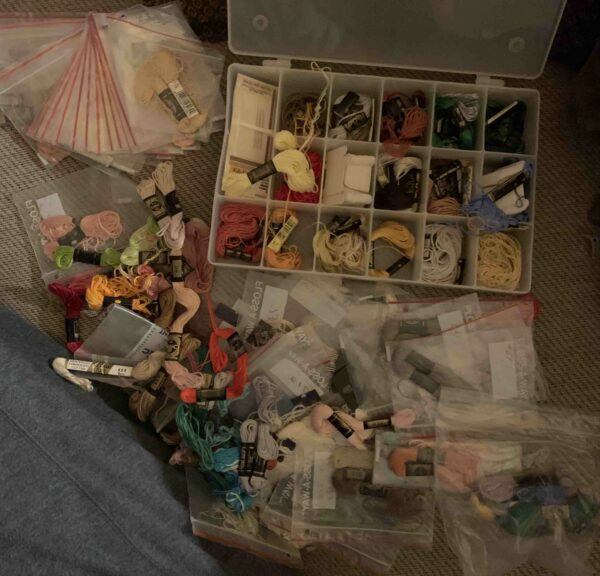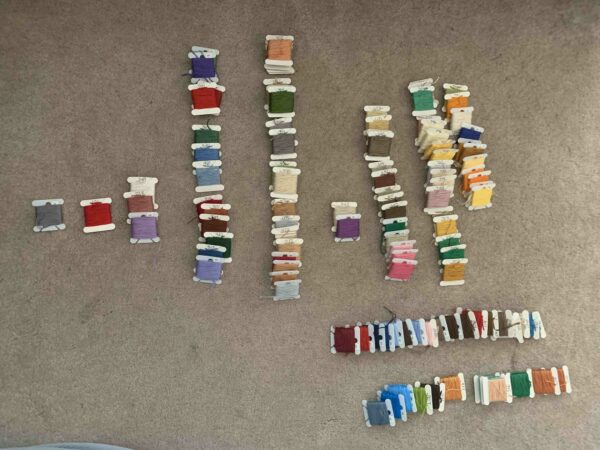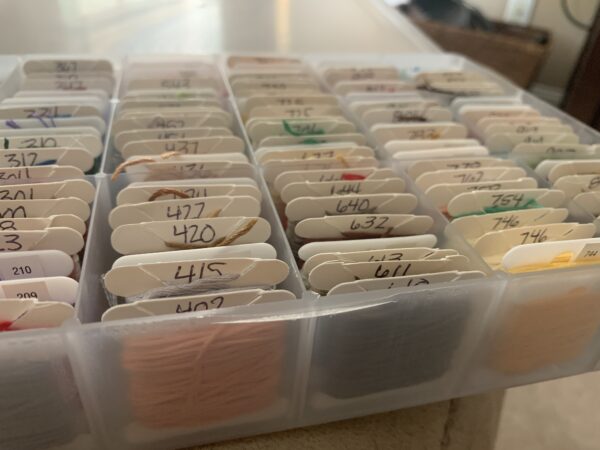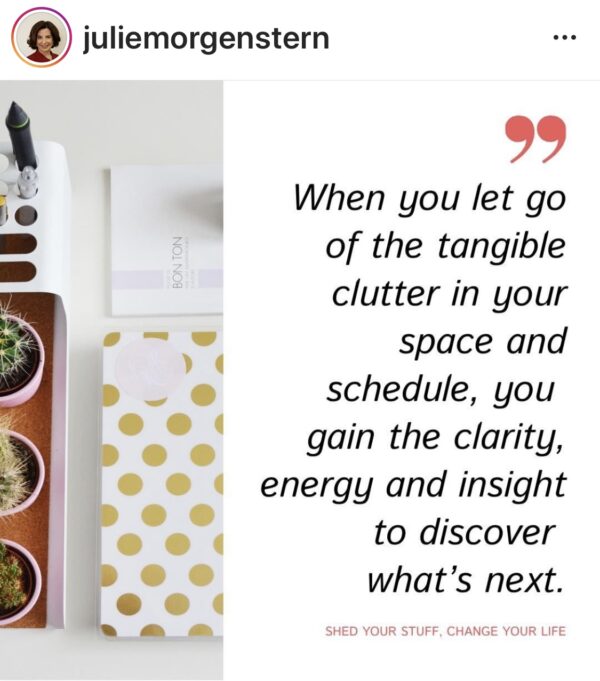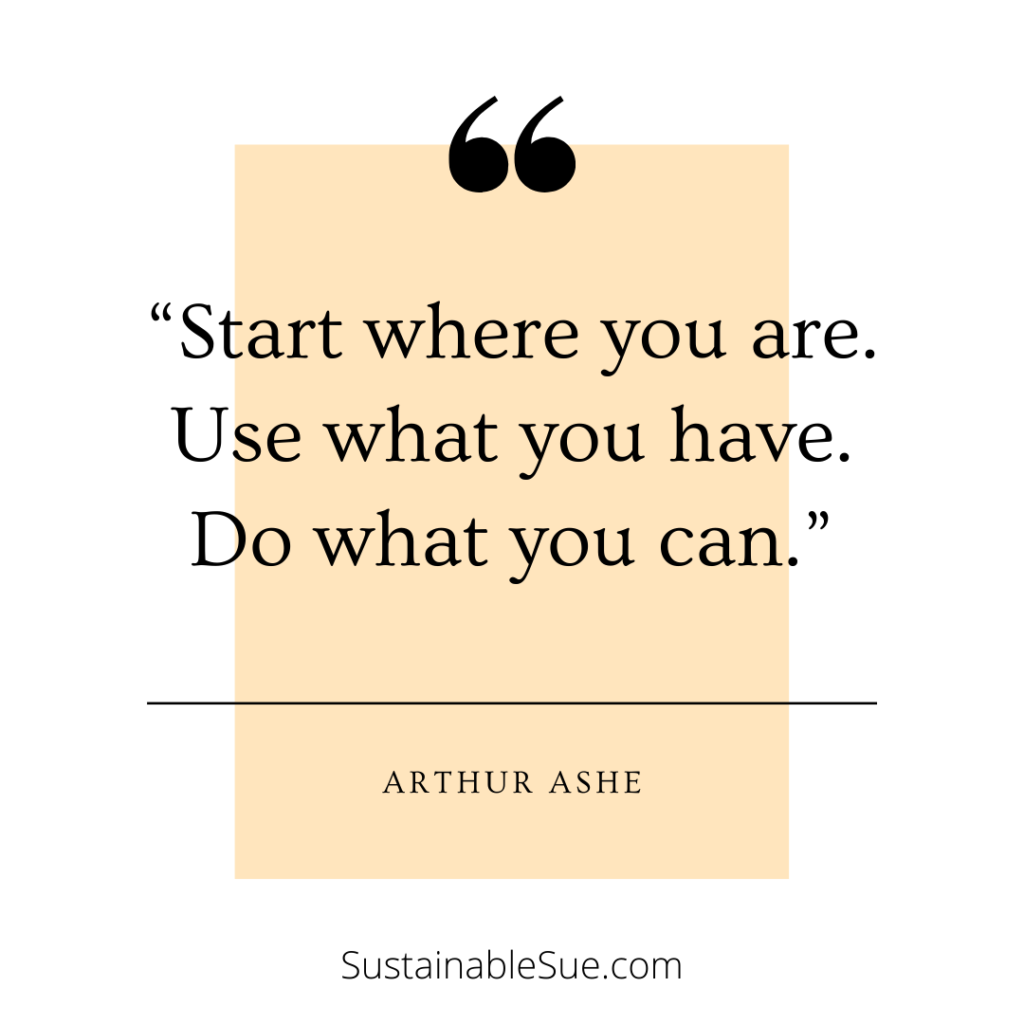Episode 49: 10 Declutter Quick Hits to Do Today
Today’s topic is more than just how or why to declutter. You will be pleasantly surprised to find most – if not all – things on today’s episode are projects that can be decluttered in a day. These are quick hits – some maybe even 5 minutes start to finish. Once you have acted on your slump with these quick hits, you might find you have energy and inspiration to keep going. And if not, hey at least your linens shelf is in order!
Download a checklist at this link to keep handy to refer to as you knock out these quick hits!
Here is what you can expect in this episode:
- What happened to this week’s glimmer
- Why short declutter projects are sometimes a better choice
- Extra credit for each item to help keep you organized, plus an 11th bonus quick hit
Listen at the link below or search for “Sustainable Productivity with Susan Sanders” everywhere podcasts are available.
Links to Learn More
Links mentioned in this episode of the Sustainable Productivity podcast:
- Sign up for episode emails, weekly essays, and links so you never miss a thing!
- Join the Sustainable You Facebook Community at this link
- Shows referenced in today’s episode:
- Listen to Episode 28: The SMART Way to Tackle Digital Clutter at this link
- Listen to Episode 43: Sustainable Sue’s Guide to Gift Giving at this link
- Learn more about the Little Free Library system at this link
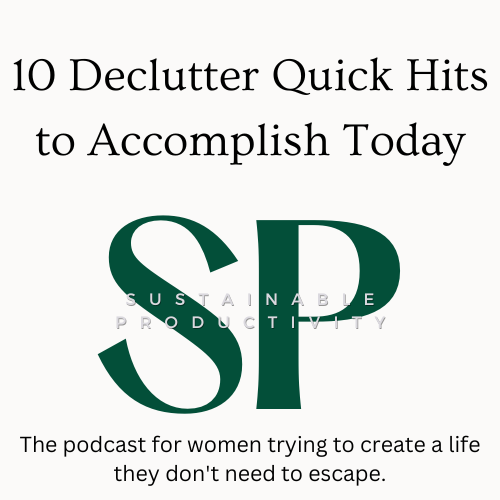
We would love to hear from you. Send your feedback on the episode, suggestions for future show topics or guests, and anything else to Susan@SustainableSue.com or in a DM on Instagram.
PS – I am an affiliate of Bookshop.org and will earn a commission if you click through and make a purchase.
